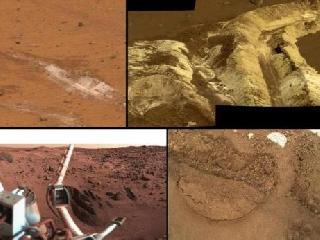
This collage shows the variety of soils found at landing sites on Mars. The elemental composition of the typical, reddish soils were investigated by NASA's Viking, Pathfinder and Mars Exploration Rover missions, and now with the Curiosity rover, using X-ray spectroscopy. The investigations found similar soil at all landing sites. In addition, the soil was usually unchanged over the traverse across the Martian terrain made by both Mars Exploration Rovers. A NASA image
CHICAGO (AFP): The Mars rover Curiosity has offered a tantalising taste of evidence that there was once life on the Red Planet, but scientists said it is too soon to make much of the first soil analyses.
NASA's Sample Analysis at Mars (SAM) instruments have been sending back information as it hunts for compounds such as methane, as well as hydrogen, oxygen and nitrogen, that are the building blocks of life.
Researchers were excited to detect simple organic compounds in the soil scooped up from a crusted dune. But they cautioned that the traces of carbon could have come from meteorites or even particles the instruments picked up before launch from Earth.
They hope to find more evidence of organic compounds as Curiosity makes its way across the barren, windblown sands of Rocknest towards Mount Sharp, searching for a good place to start digging deeper.
"It's not unexpected that this sand pile would not be rich in organics. It's been exposed to the harsh Martian environment," said Paul Mahaffy, NASA's principal investigator for Curiosity's sample analysis.
"It's going to be an exciting hunt to find early environments that might be protected from this harsh surface environment."
The instruments captured stunning pictures of the sand scooped up from the drift -- which one researcher described as coarser than flour but finer than sugar.
Curiosity was also able to analyse crystals and other materials found in the sand. By heating the samples, they were able to detect a significant amount of water in the sand, along with some carbon dioxide, oxygen, and sulphur dioxide.
"The Curiosity rover is kind of like a CSI laboratory on wheels," Michael Meyer, the lead scientist for NASA's Mars Exploration Programme, told a news conference.
"These results are an unprecedented look at the chemical diversity of the area that is representative of the rest of the planet."
Scientists do not expect Curiosity to find aliens or living creatures but they hope to use it to analyse soil and rocks for signs that building blocks of life are present and may have supported life in the past.
The $2.5 billion Curiosity rover -- which landed in Gale Crater on August 6 this year -- also aims to study the Martian environment to prepare for a possible human mission there in the coming years.
US President Barack Obama has vowed to send humans to the planet by 2030.
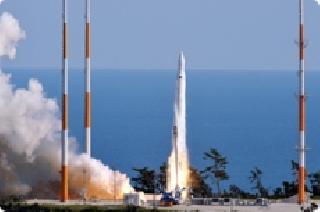 Previous Article
Previous Article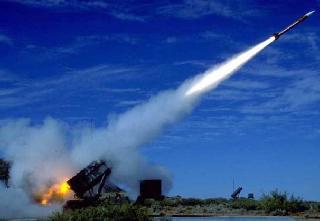 Next Article
Next Article
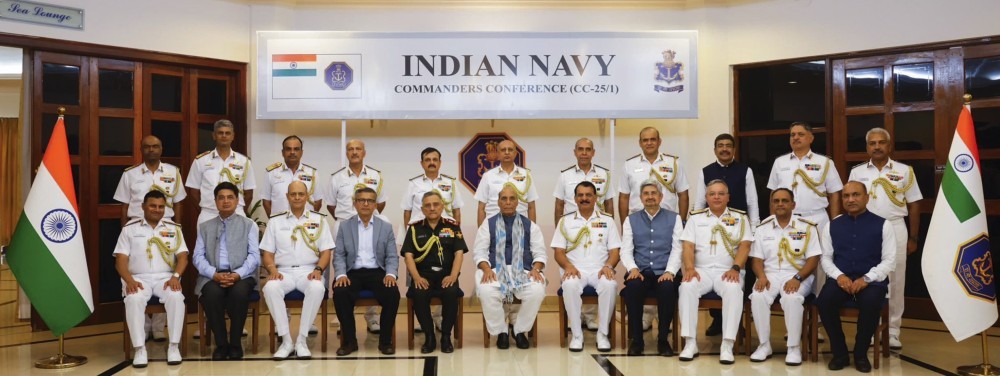

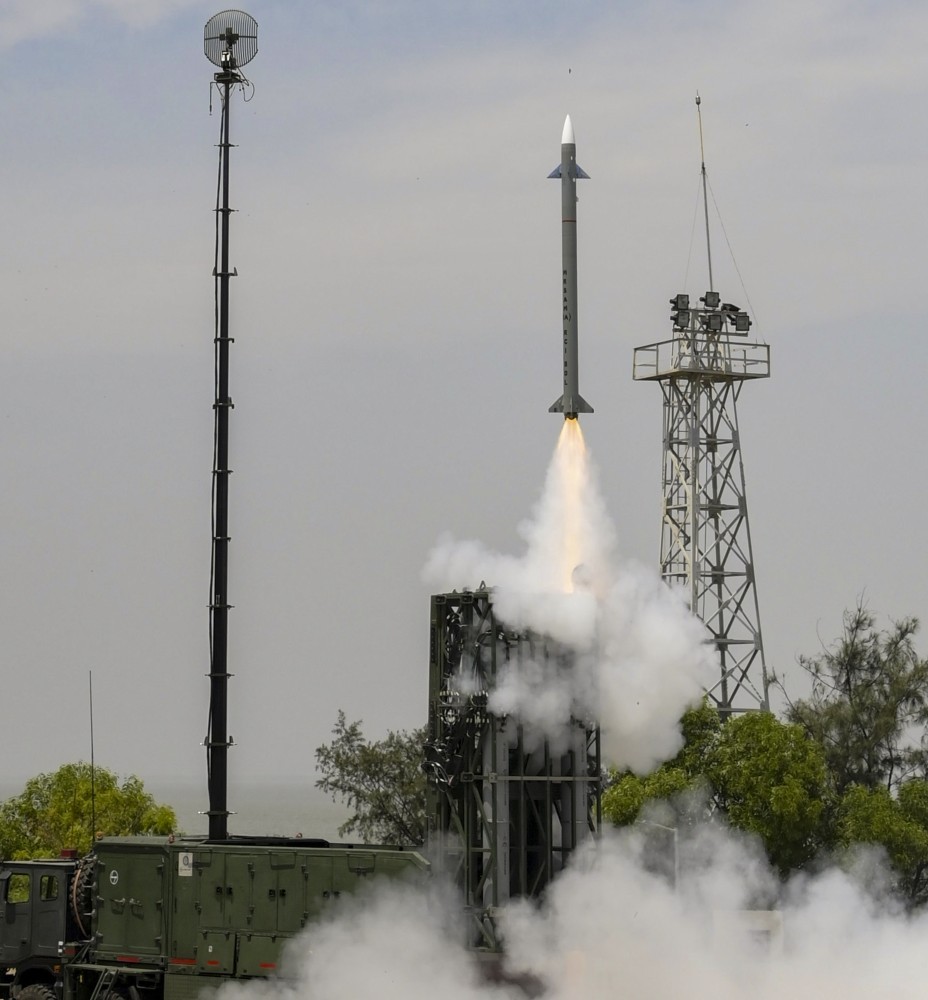










The Indian Air Force, in its flight trials evaluation report submitted before the Defence Ministry l..
view articleAn insight into the Medium Multi-Role Combat Aircraft competition...
view articleSky enthusiasts can now spot the International Space Station (ISS) commanded by Indian-American astr..
view article